Above: Just one of several tasty menu items at Go Go 7
Ever heard of banchan? It’s the Korean word for small side dishes served alongside a meal. Integral to Korean cuisine, the small dishes range from the globally popular napa cabbage kimchi to sugar-glazed baby potatoes.
They’re especially fitting for the San Francisco-based Korean restaurant Go Go 7, where owner Marilyn Lee makes 12 banchan dishes each day for customers. Her small plates – crab salad, bean sprouts, fish cakes, soba noodle salad, seasoned seaweed, and more – are fitting for every palate.
Becoming a Seasoned Restaurateur
“Actually my mom is a really famous cook in Korea. She cooked for senators and governors. But that’s why she never taught me how to cook. She said ‘once you know how to cook, your life is so hard!’” says Lee.
Before she opened her first restaurant, Lee “didn’t know how to make seafood pancakes or anything.” But after getting involved in the restaurant business, she became a master chef in no time.
Lee began her restaurant journey working at a restaurant in the Civic Center for 6 years. “Because it was my first time, it was really hard, but once I started I didn’t want to give up,” she says.
As the years flew by, Lee became an expert and, at one point, the grocery store Safeway wanted to buy her dressings and sauces. When she started in the restaurant industry, Lee remembers “one of the good things was that all of the customers were happy. They wanted me to keep going. That’s why I kept doing this.”
Then Lee opened a Japanese restaurant in a more industrial area where her loyal customers followed her and ordered bento boxes en-masse. Cut to a few restaurants later and you have Go Go 7.
Located on Ocean Avenue, Go Go 7 is Marilyn’s 5th restaurant in her 30-year restaurant career. “As soon as it opened, it got filled up. All my old customers came back to me!” Lee says.
Does Anyone Want Extras?
The secret to Lee’s restaurant success is one word – love. And specifically, love for her customers.
Lee is known for her generous portions of main dishes and banchan. “I want to see my customers happy and full,” she explains. Her daily restaurant prep includes making homemade brownies and vanilla cake and cutting fresh fruit to give to her customers on the house.
Also, if you’re ever craving anything that’s not on the menu, all it takes is a phone call for Go Go 7 to cook it up.
According to Lee, “If a customer says ‘I’m really sick and want some Juk (porridge)’ or if they even want kimchi jjigae (kimchi stew), I’ll really try to help them. I always want to make them happy first.”
Drive-Thru Korean Food
“You can go to In-N-Out and McDonald’s, but why can’t Korean food do that?” asks Lee.
Her future goal is to do a Korean drive-thru where both meat-eaters and vegans can enjoy Korean comfort foods. Thinking of her drive-thru menu, Lee wants to include various tofu soups, yukgaejang (spicy beef stew), Korean bbq meats, japchae (stir-fried glass noodles), tteokbokki (spicy rice cakes), kimbap (street food rolls), and a Korean BBQ sandwich.
She’s also brainstorming inventive ways to give some foods a Korean twist, such as kimchi tacos. And don’t forget drink options like sikhye (sweet rice drink) and a persimmon and cinnamon beverage, both of which are amazing on hot summer days.
“I have plans, but with what’s happening right now there’s no guarantee. I have a dream,” says Lee.
Due to the pandemic, Lee is running the restaurant take-out only, has cut down on staff, and has shortened working days. Go Go 7 expects to eventually seat customers outside and, despite the hardships of recent months, Lee remains optimistic about continuing to revolutionize the way Korean food is dished out.
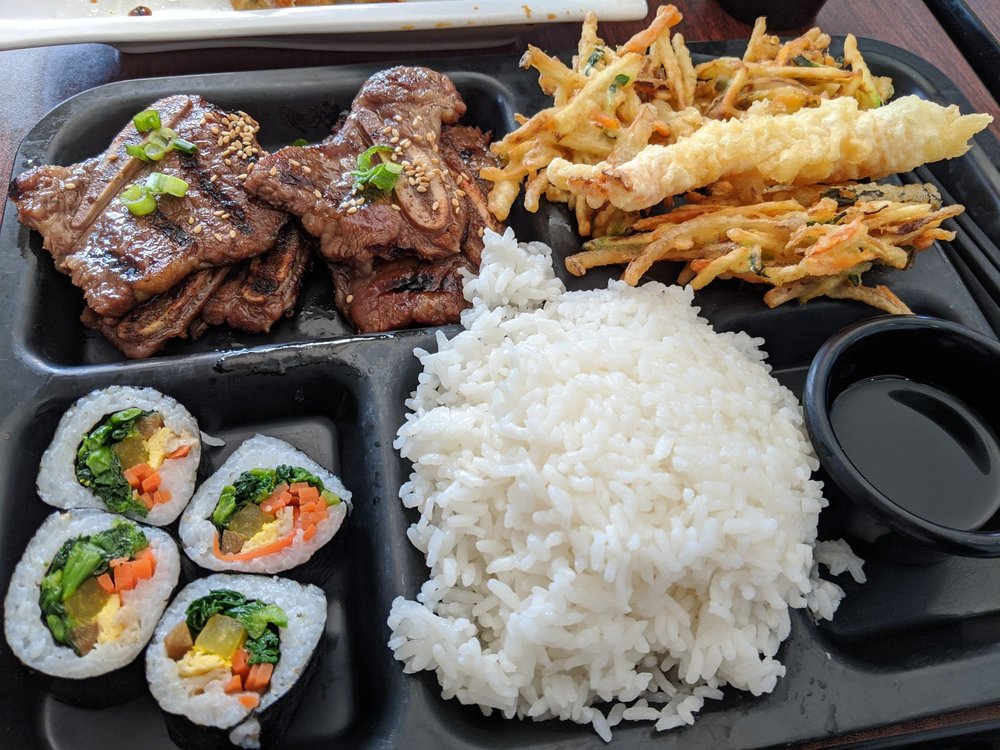
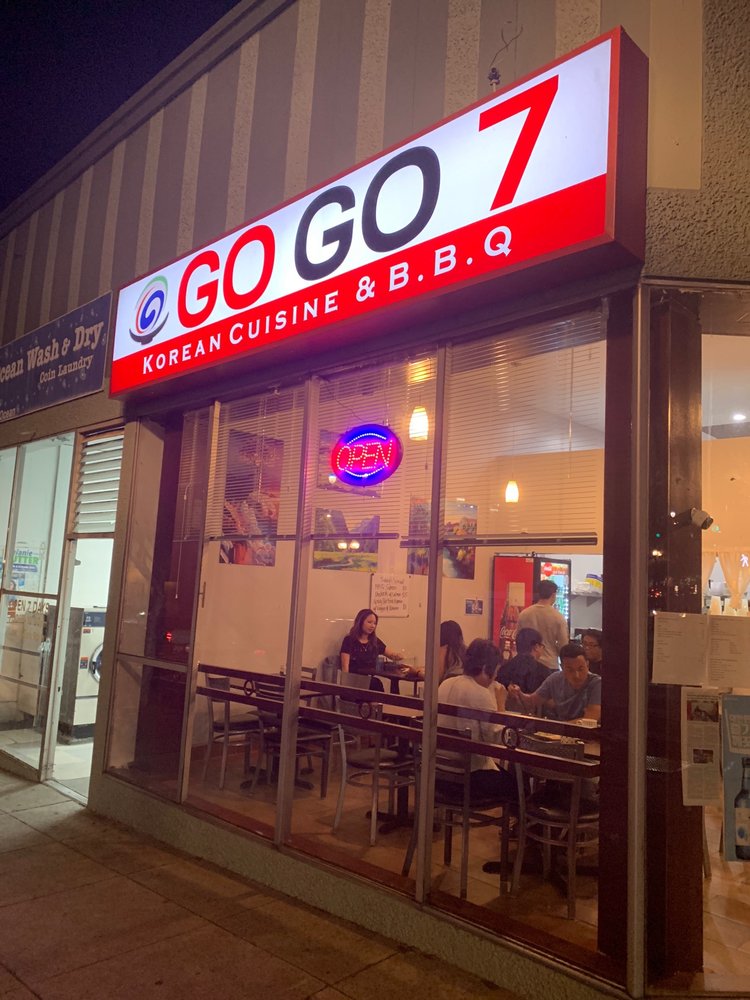

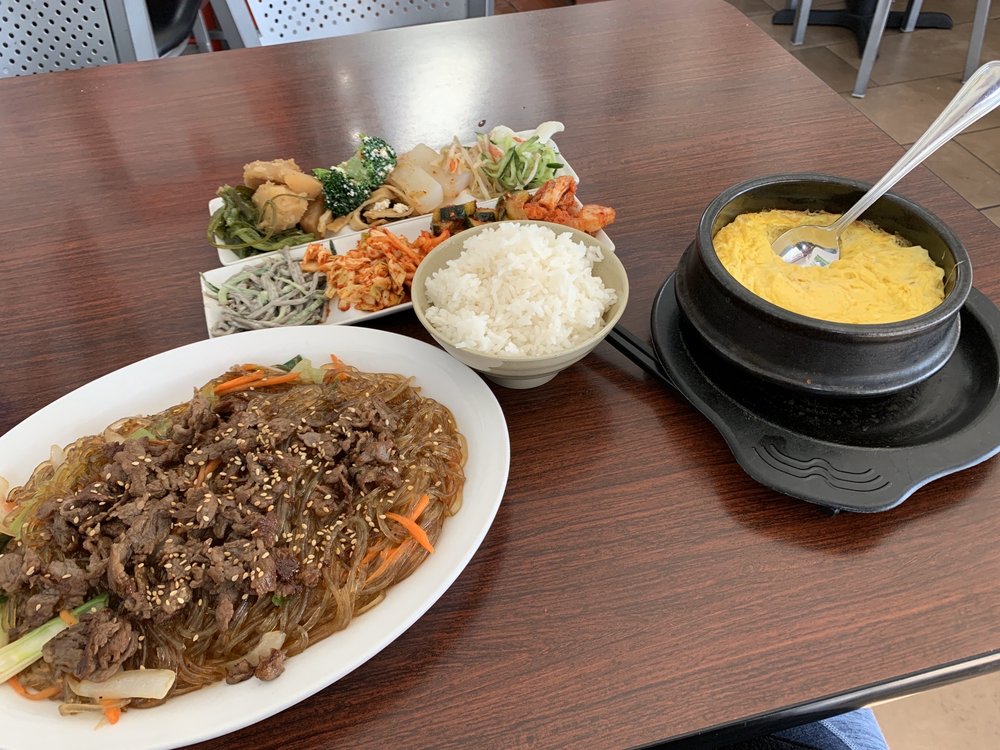
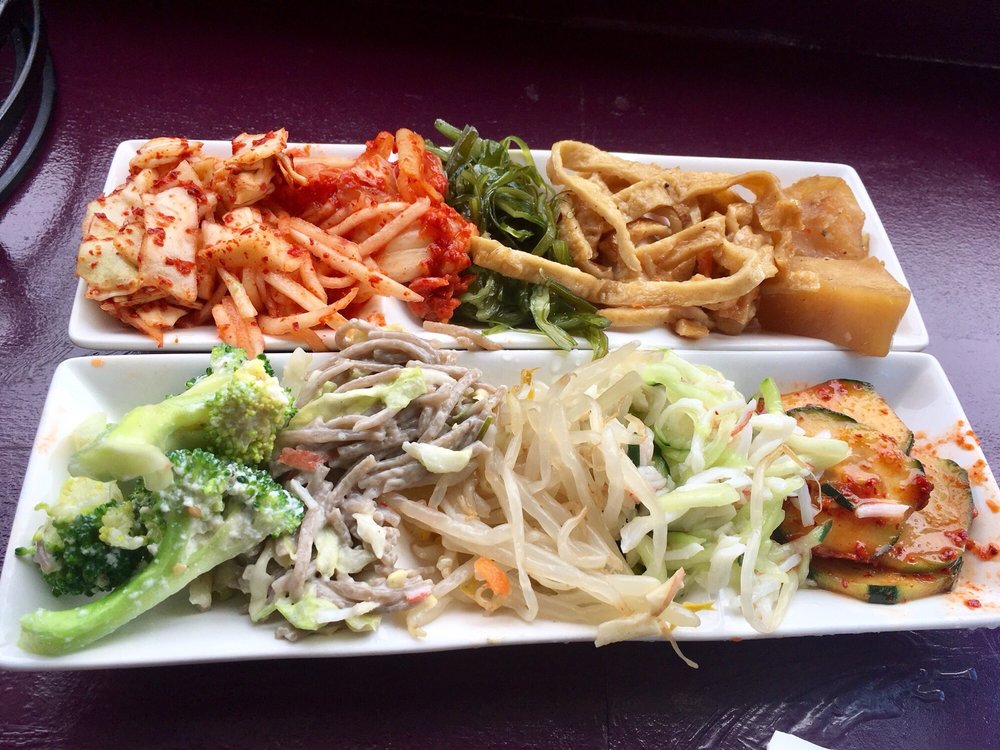
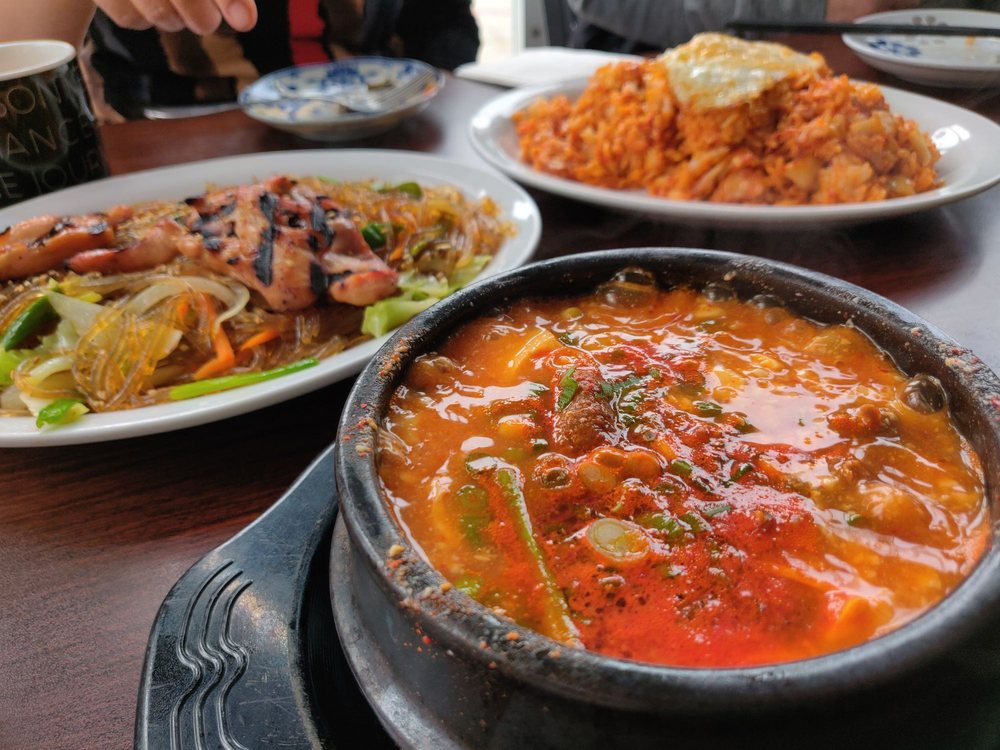


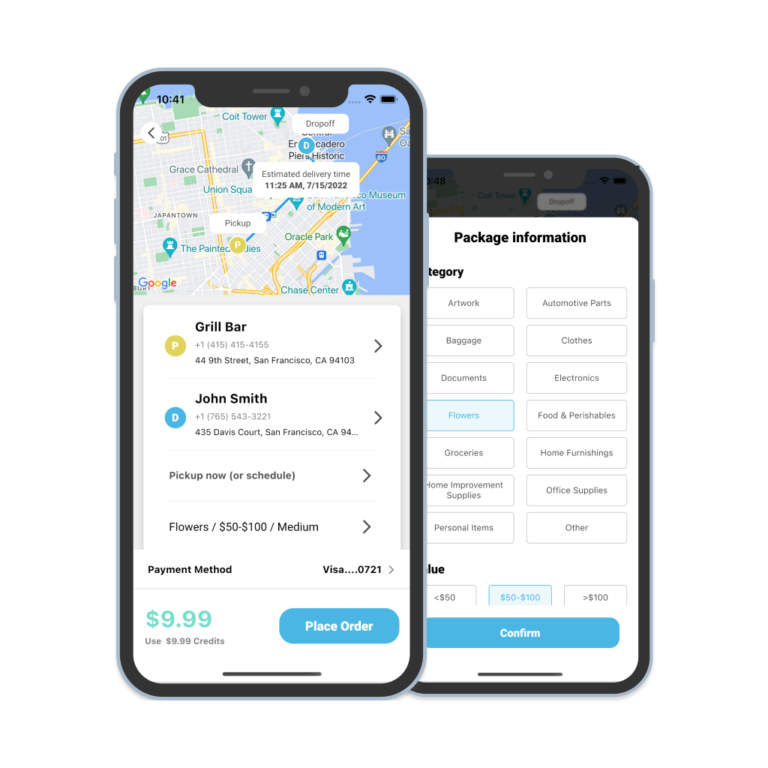


Your point of view caught my eye and was very interesting. Thanks. I have a question for you.
The point of view of your article has taught me a lot, and I already know how to improve the paper on gate.oi, thank you. https://www.gate.io/vi/signup/XwNAU